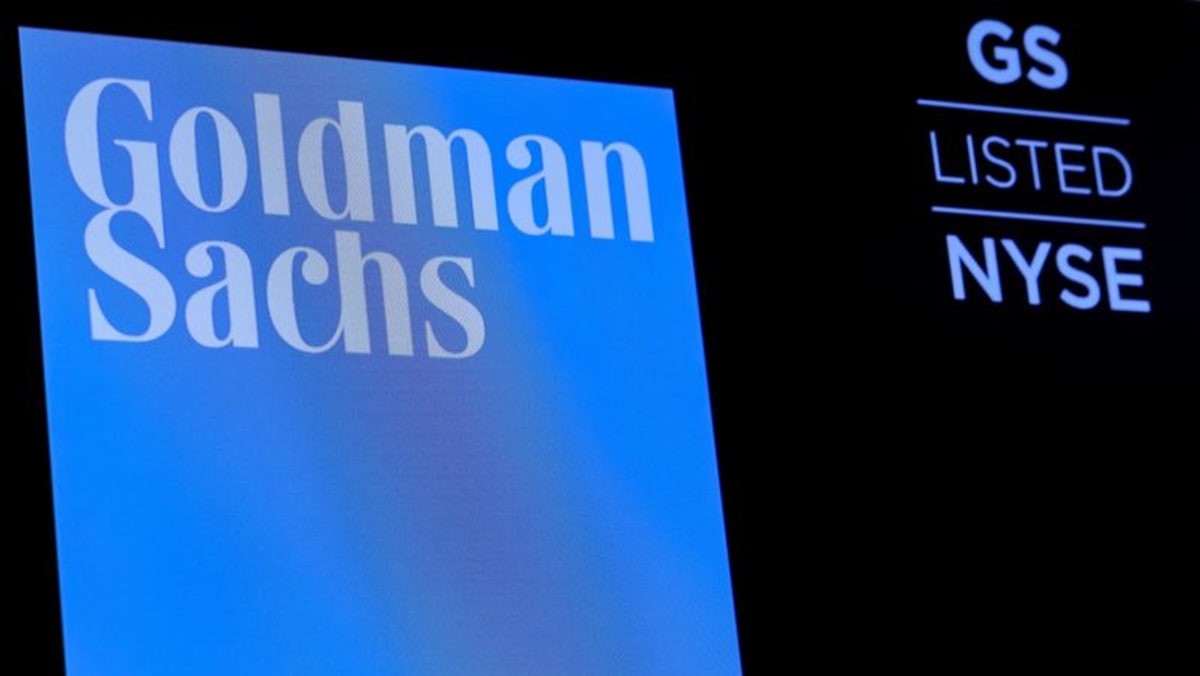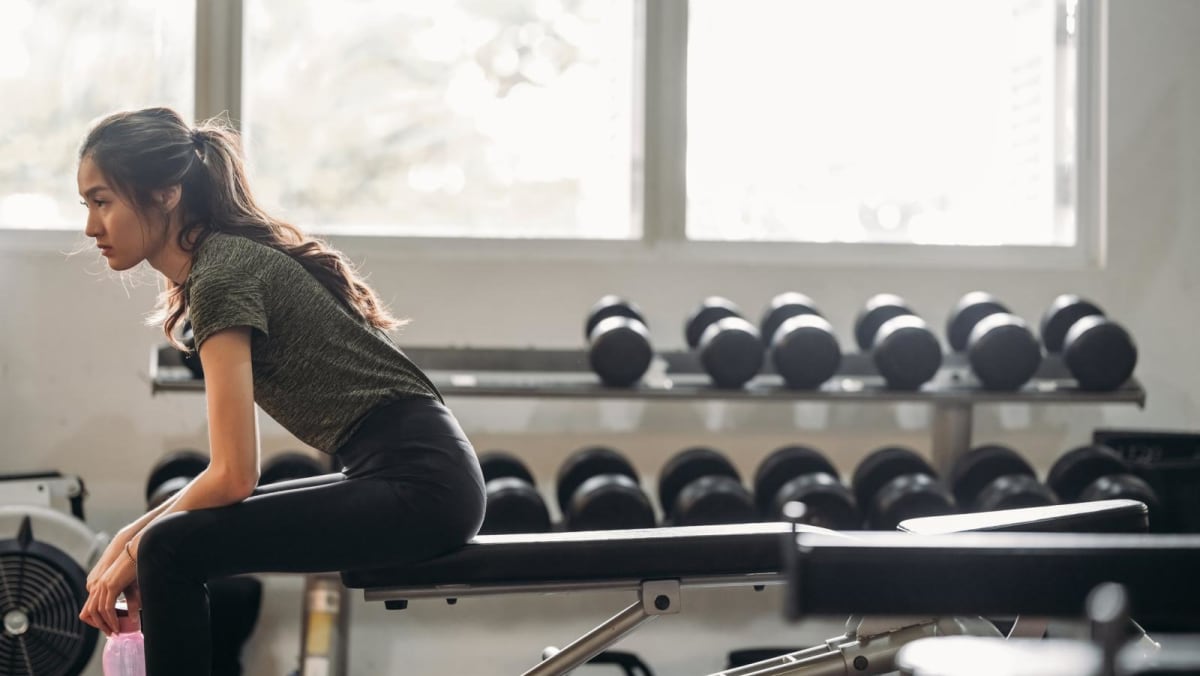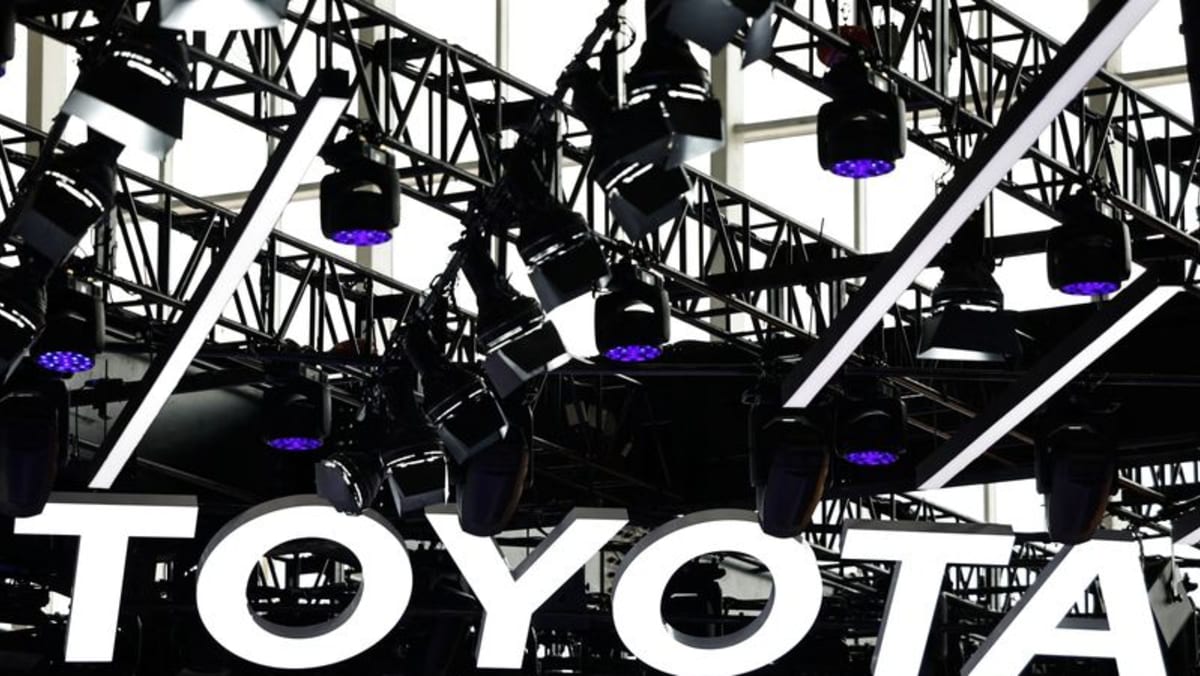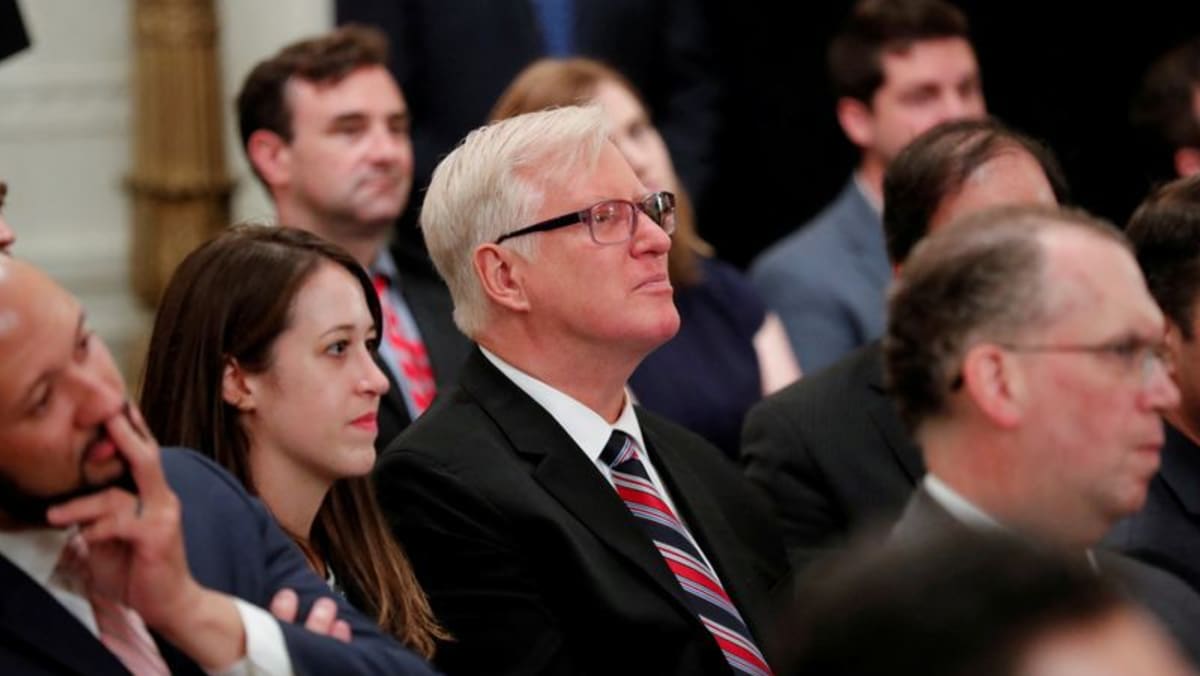COSTS AND COMPETITION
Rental prices are another key concern.
They’re “always going up”, said Mr See Wee Jie, co-founder of The Garage, a circuit training gym with outlets in Bukit Timah and Upper Thomson. Its latest rent in Bukit Timah had increased by about 25 per cent.
This adds to the challenge of a saturated fitness market, most gym owners told CNA.
Mr Robinson, for instance, said that before COVID-19, competition was not so stiff. Potential owners then saw a boom in the boutique gym scene between 2019 and 2020 and rushed to enter it, creating a “supply overload”, he added.
“(When) we opened in all our locations there was not a gym within kilometres … And now you could throw a rock from any Ritual (outlet) and hit five gyms,” he said.
Mr Low also said his former F45 Training gym found it difficult to retain members when competition picked up during the pandemic period.
Now that he owns two gyms under the Australian Fitstop franchise, he noted about seven to eight gyms in Holland Village alone, where one of his outlets is located.
“Business-wise, it’s not the most ideal because you’re hoping to monopolise … But it’ll never be (the case), because business is so saturated, so everyone gets their own fair share of members,” he added.
“It boils down to who’s going to be first.”
Locally owned boutique gyms are hit harder by competition compared to “bigger brands” which typically have more capital and a more attractive brand image, said Mr Tan from Axiom.
And because the fitness market is filled with options, customers could be “spoilt for choice” so they may not want to commit to a particular routine or gym, Mr Jacob added.
FITNESS FADS COME AND GO
Businesses may also be at the mercy of fitness fads, fuelled by social media.
For instance, CrossFit and functional training have become more popular because fitness professionals are sharing more of such content on social media, said Mr Low of Fitstop Holland Village and Fitstop Downtown.
And while yoga was the “in thing” many years ago, pilates is now “booming”, said Ms Wu Simin, founder of Algorhythm, an indoor cycling studio at Bukit Timah.
She added that customers may also have changing fitness goals, such as improving flexibility, stamina or strength, which means they might prefer to focus on specific types of workouts.
It is normal for many new brands to emerge because customers often get bored and seek variety, said Mr Tan, the coach. But he noted that there is only so much of the market share available.
While offering the latest workouts may seem lucrative, no one can predict how long trends will last, said Mr Tan from Axiom.
As to why gyms are still popping up despite stiff competition, business owners said most gyms start off as a passion project.
Prospective owners also see potential because more people are becoming health conscious. Ultimately, a gym’s success depends largely on its business strategy, Mr Low said.













